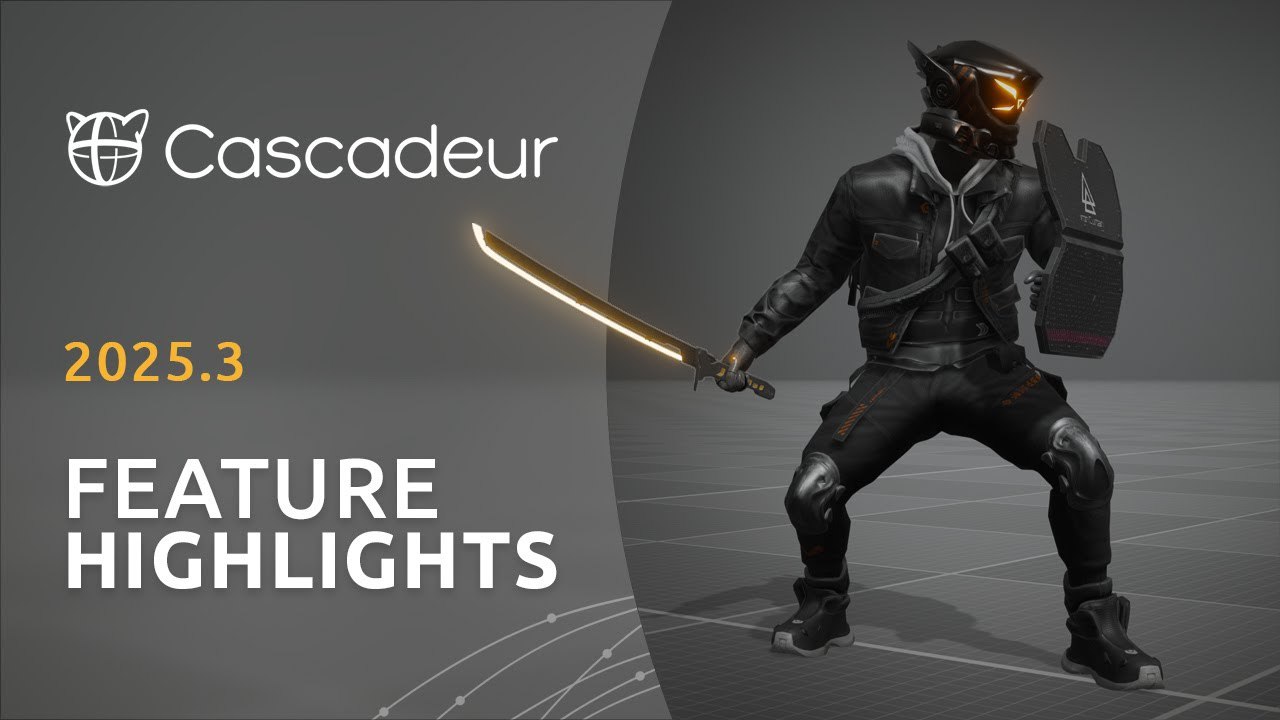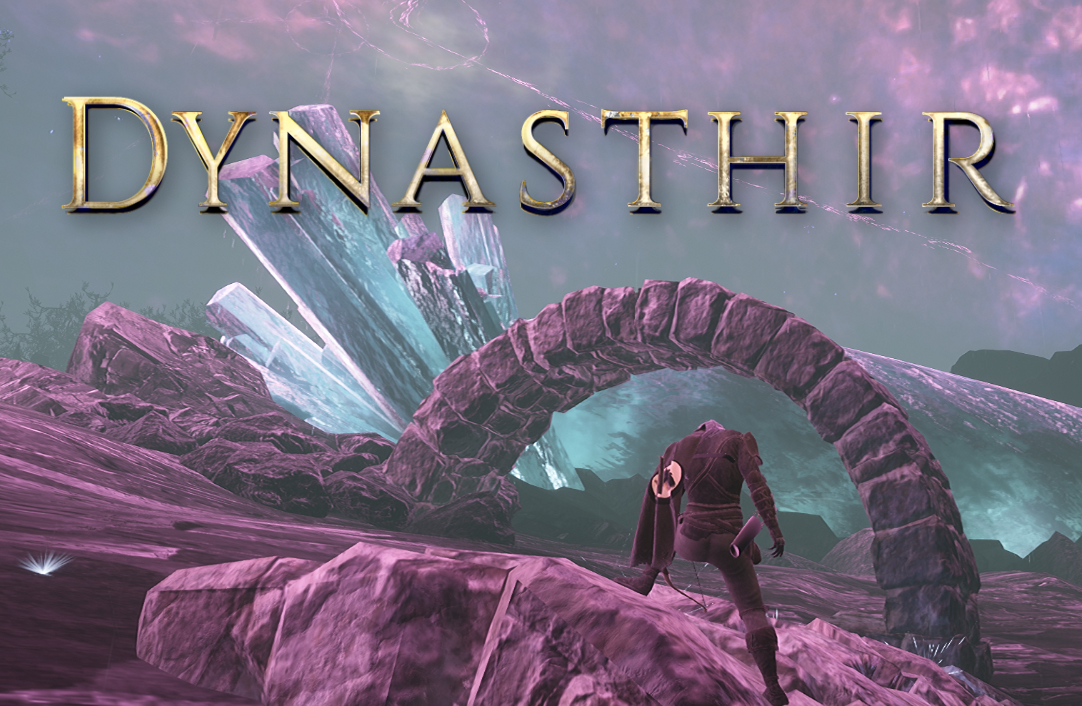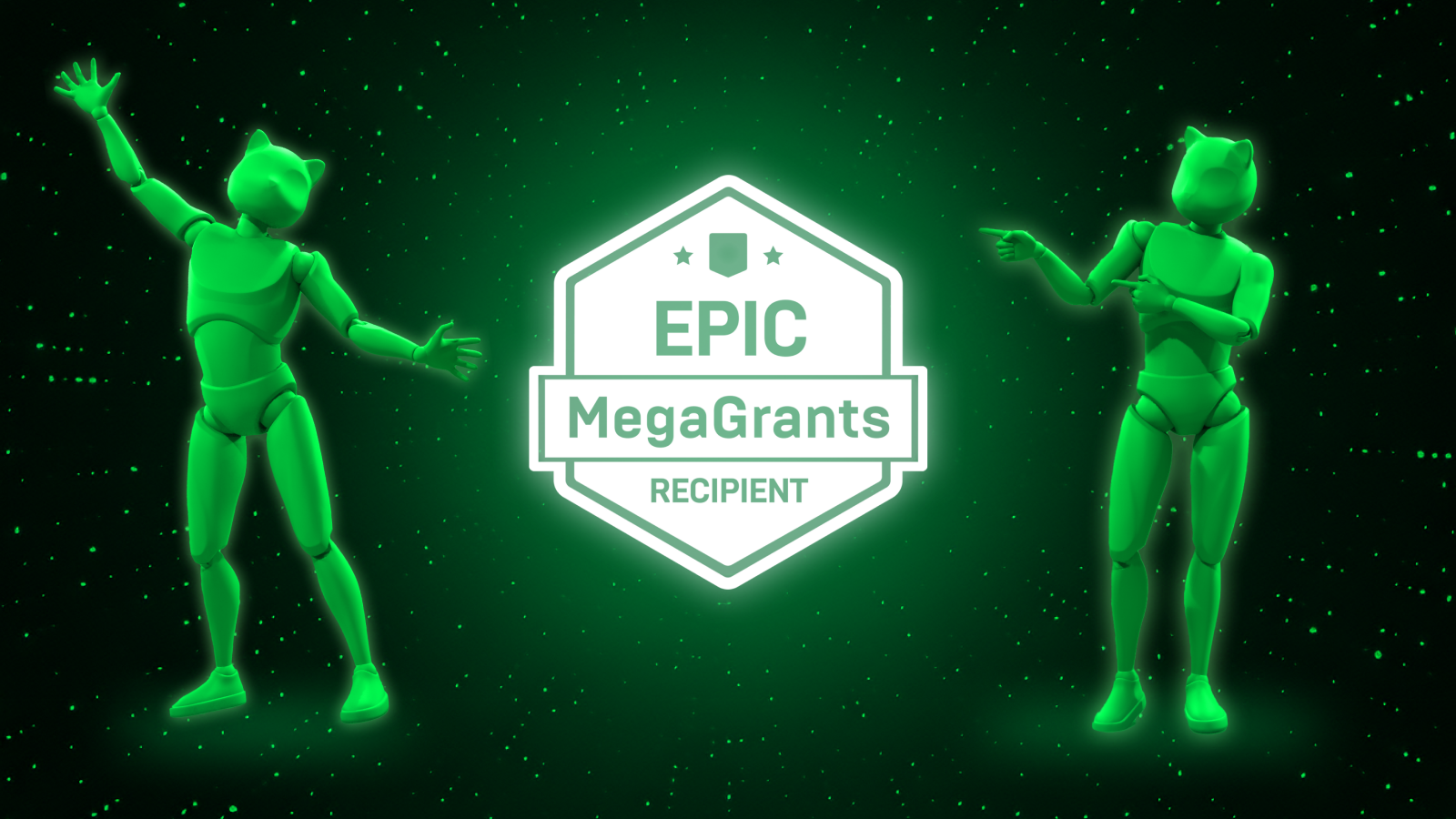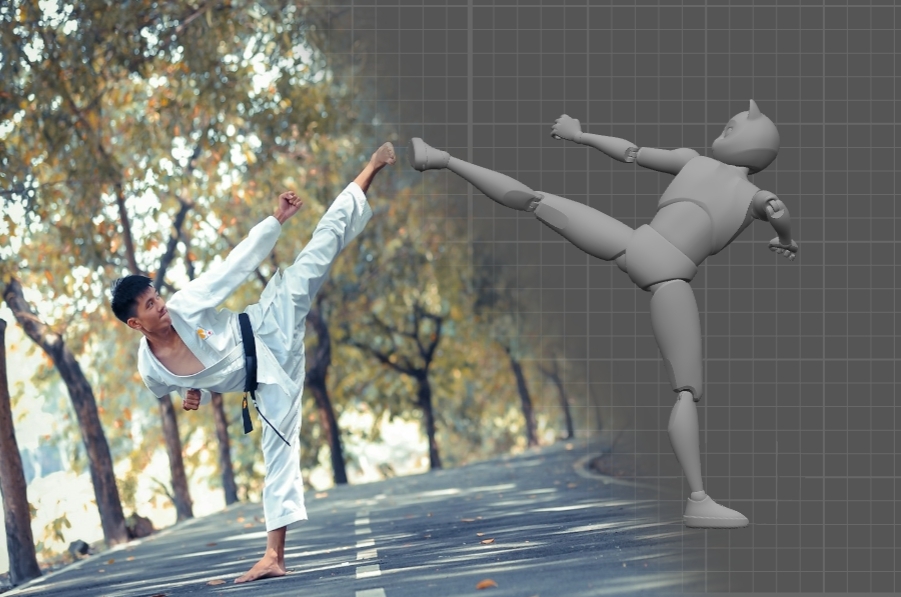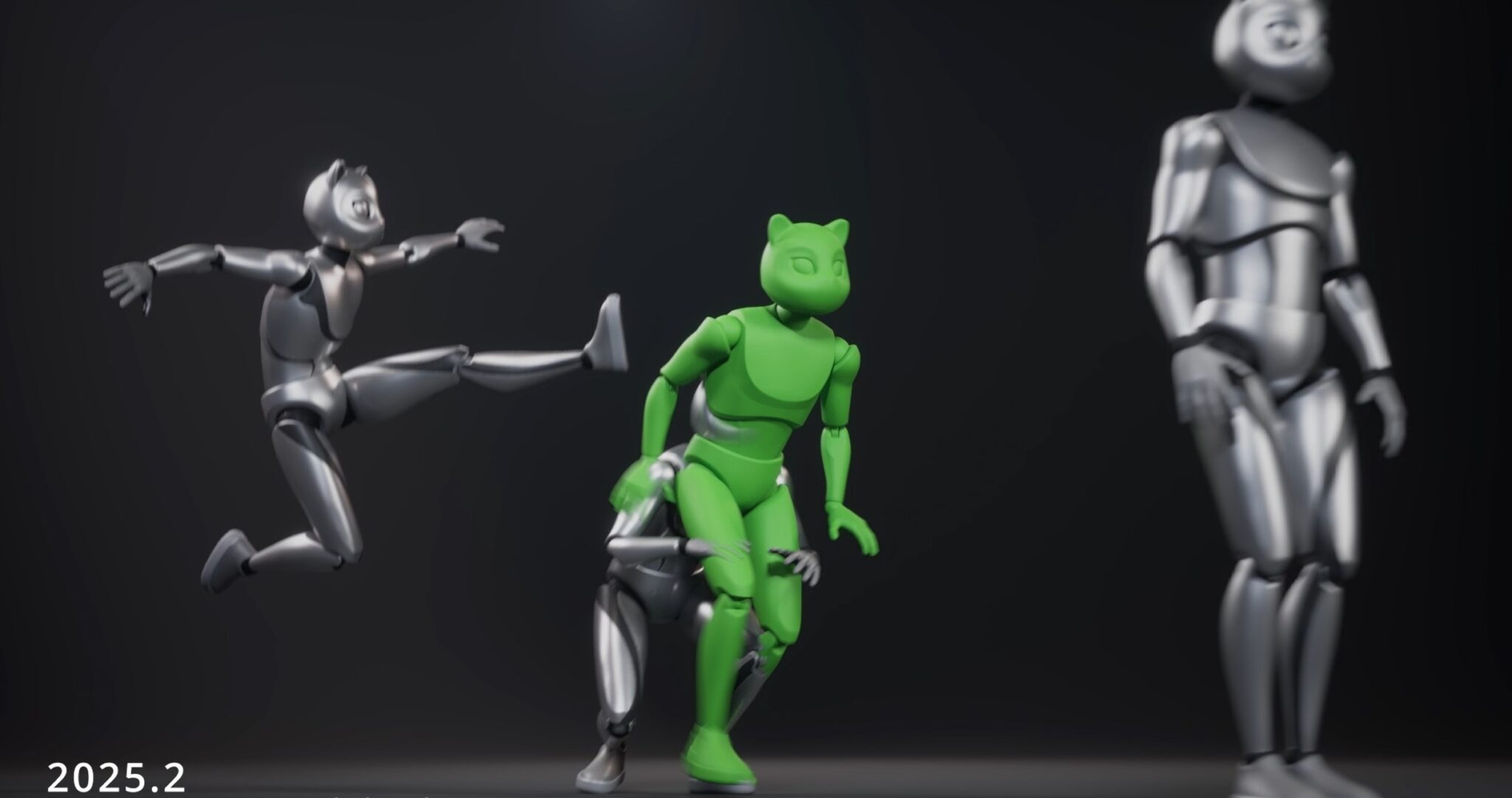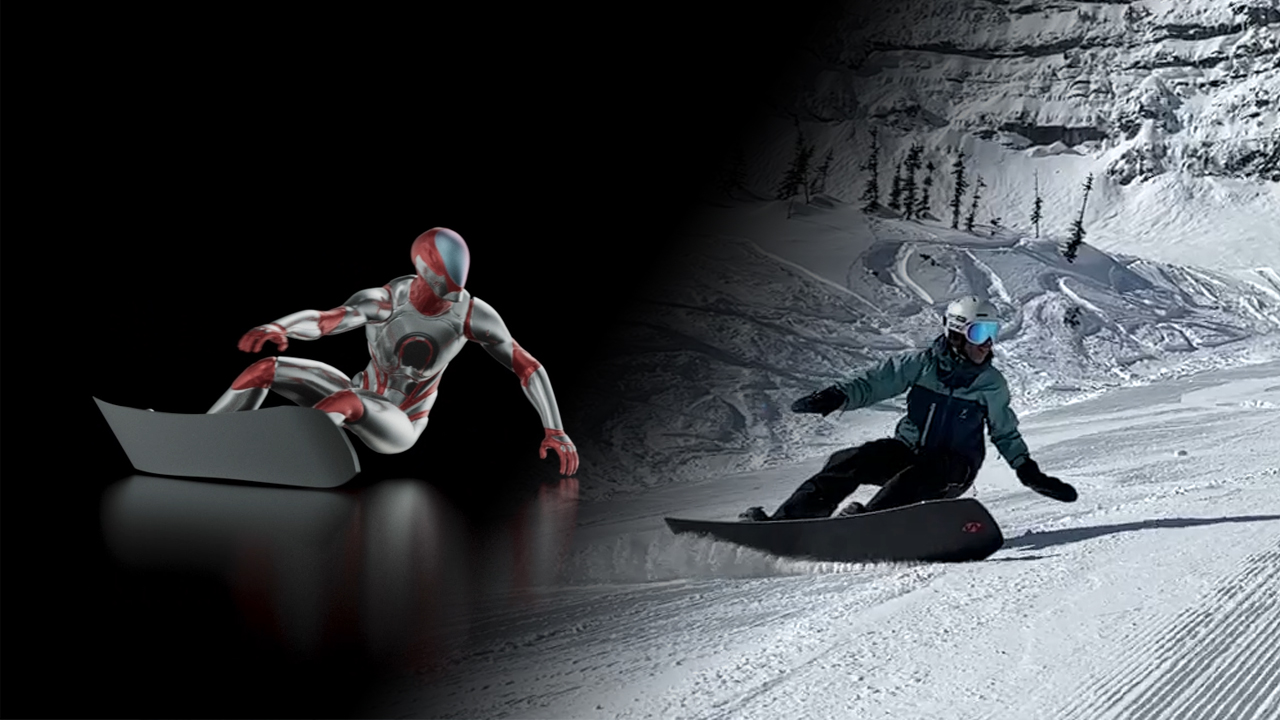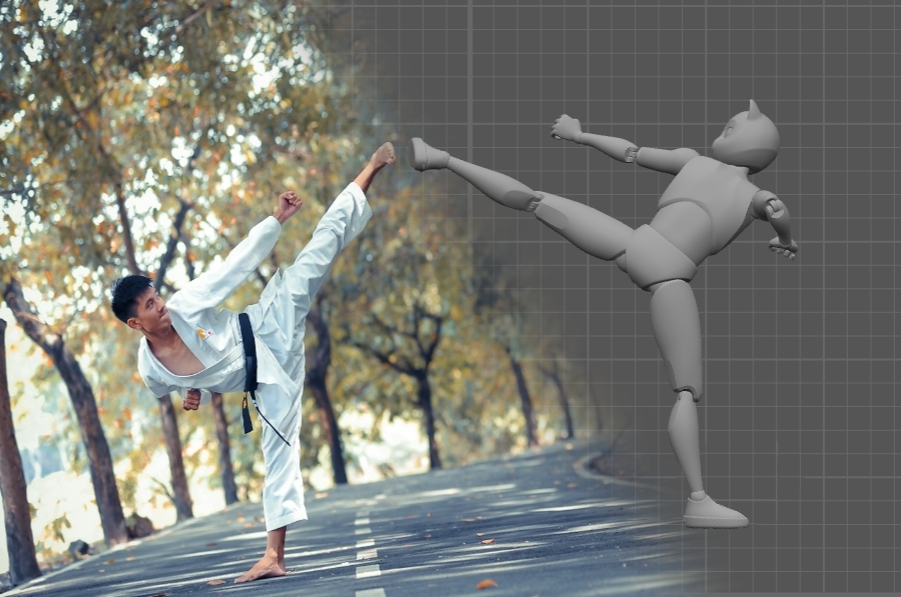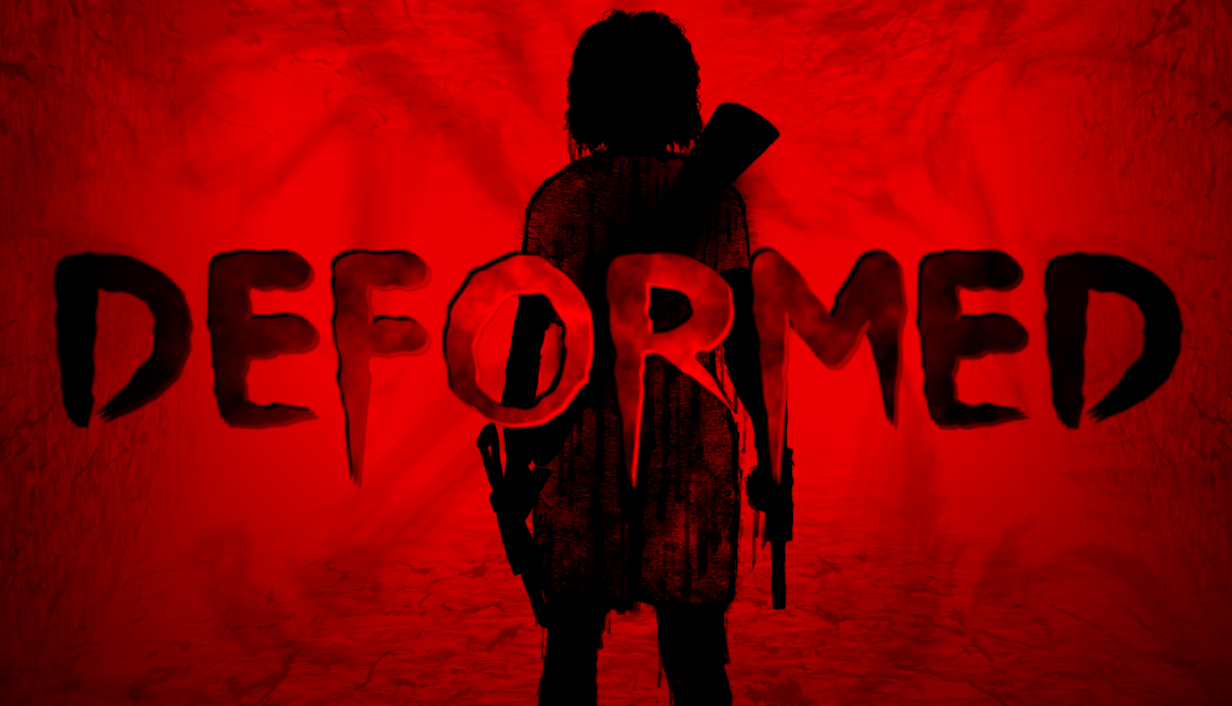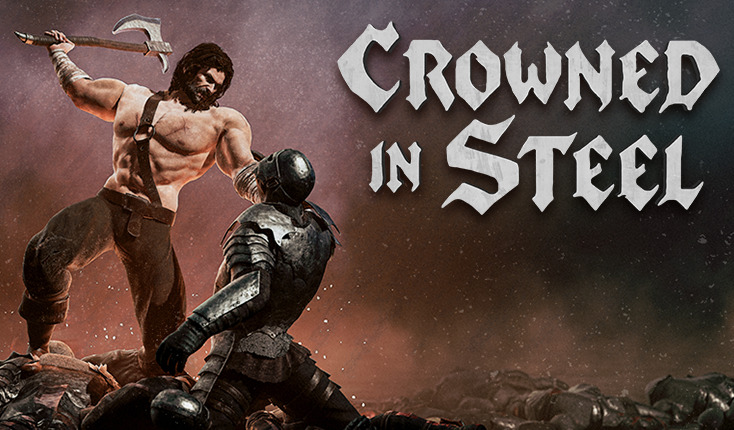
About Me
Hi, I’m Jorge Rodriguez, founder and lead designer at Lunar Workshop Games. I am an experienced game developer known for both major franchises like Call of Duty and hit indie titles like the stylish multiplayer shooter Double Action Boogaloo… and now, with my own indie studio, I aim to create titles that spark players’ wonder and discovery by blending nostalgic visuals, dynamic storytelling, and modern game mechanics.My studio is called Lunar Workshop because I like working at night and I like tinkering with new ideas. With Digitanks!, I tinkered with 'What if artillery games were 3d?' and on Dynasty, I tinkered with 'How would it feel to be a ruler who can't trust his advisors? Now, with Eclipse Breaker, I wanted to take the combat systems I loved growing up, like the dynamic, strategic flow of Final Fantasy VII and the atmospheric action of Parasite Eve, and imagine what they’d feel like today, reimagined as a roguelike. And it couldn’t have happened without coming across Cascadeur.
About the Game
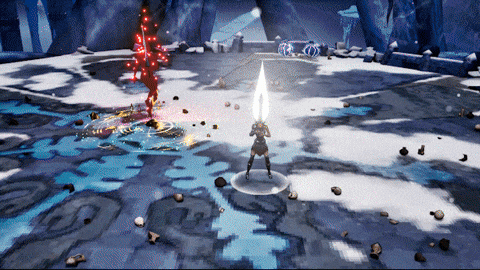
Eclipse Breaker is a lost PSX-era action roguelike ”remastered” for modern audiences. Master fast-paced combat inspired by classic Active Time Battle mechanics, steal divine powers, and fight through ever-changing dungeons in a relentless cycle of epic boss battles.
You can play my newest demo on Steam, check out the gameplay trailer to see its animations, or learn more about it at my website.
Lessons from Eclipse Breaker’s Janky to Functional Journey
Let’s start with the obvious: I’m not an animator. I’m primarily a systems and combat designer, and Eclipse Breaker is the kind of indie project where you either wear a bunch of hats or the game doesn’t get made. Animation, for better or worse, was one of those hats I had to put on early… and it’s been a process.

The Vitriol enemy attack, in Cascadeur and in the game
When I first started, I did everything in Blender: rigging, animating, and trying to make it all feel good enough for gameplay. It wasn’t elegant or efficient. Rigging alone was a constant time sink, especially when I wanted to test a new enemy attack or movement pattern. But I needed working animations to validate the feel of combat.
Eventually, I started looking for tools that could help speed things up. That’s when I found Cascadeur as a way to make prototyping animation less painful. Auto-rigging helped me skip the most tedious parts. AutoPosing and AutoPhysics let me quickly block out motion that actually had weight and follow-through. The difference wasn’t that I suddenly became a better animator; it was that I could finally iterate.

One of Ember’s Ultimate attacks, animated in Cascadeur

That same attack, in the game
And that’s really the core of what I’m going for. The animations don’t need to be professional-grade; they just need to read well, hit with impact, and support the gameplay. Eclipse Breaker leans into a retro PSX-inspired aesthetic, so there’s room for chunkiness and simplicity. But getting to a place where I can make those animations work, instead of struggling just to get them done, has made a huge difference.
Another challenge I’ve faced is that most traditional animation tools are optimized for bipedal, humanoid characters. That assumption is baked into everything: auto-rigging systems expect two legs, two arms, and a spine that behaves like a person’s; retargeting tools break if the proportions stray too far from the norm; even physics and posing features are often tuned for upright, human movement. That bias toward humanoids shaped not only how I rigged characters but also who got to be a character in the first place.

The Logren Ultimate, in Cascadeur and in the game
As I’ve gotten more comfortable with the process, I’ve been able to experiment with less traditional characters: a water dragon that spirals through the air, a gelatinous blob that pulses and compresses, even flying bosses that break away from the ground completely. A year ago, I wouldn’t have touched those ideas, they felt like scope creep waiting to happen. Now, they’re some of the most distinctive encounters in the game. Once the animation pipeline could support those ideas, Eclipse Breaker began to feel like the game I’d originally imagined, not just the one I could safely build, thanks to Cascadeur.

The water elemental boss, in Cascadeur and in the game
So that’s where I’m at with animation. Still learning. Still rough around the edges. But finally at a place where I can prototype fast, try weird ideas, and not dread every time I need a new rig. And that, for a solo-ish dev juggling everything from game design to bug fixes, feels like a win.
If you want to see how it all comes together, Eclipse Breaker is live on Steam right now with a free demo. The bones are there, and they move, mostly how I want them to.
We also recently shared this video about creating an effect for the game, that features Cascadeur's animation editing tool:
